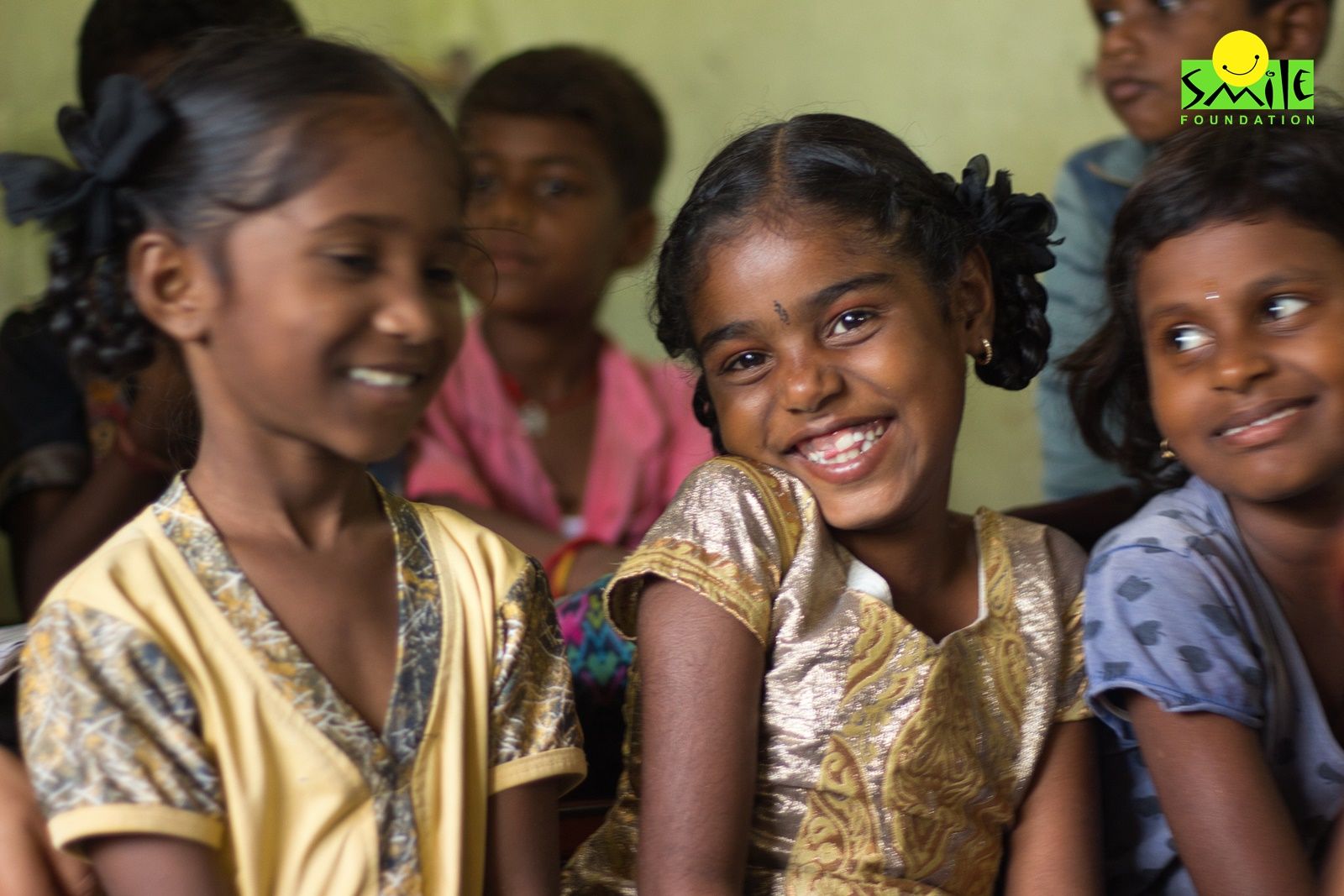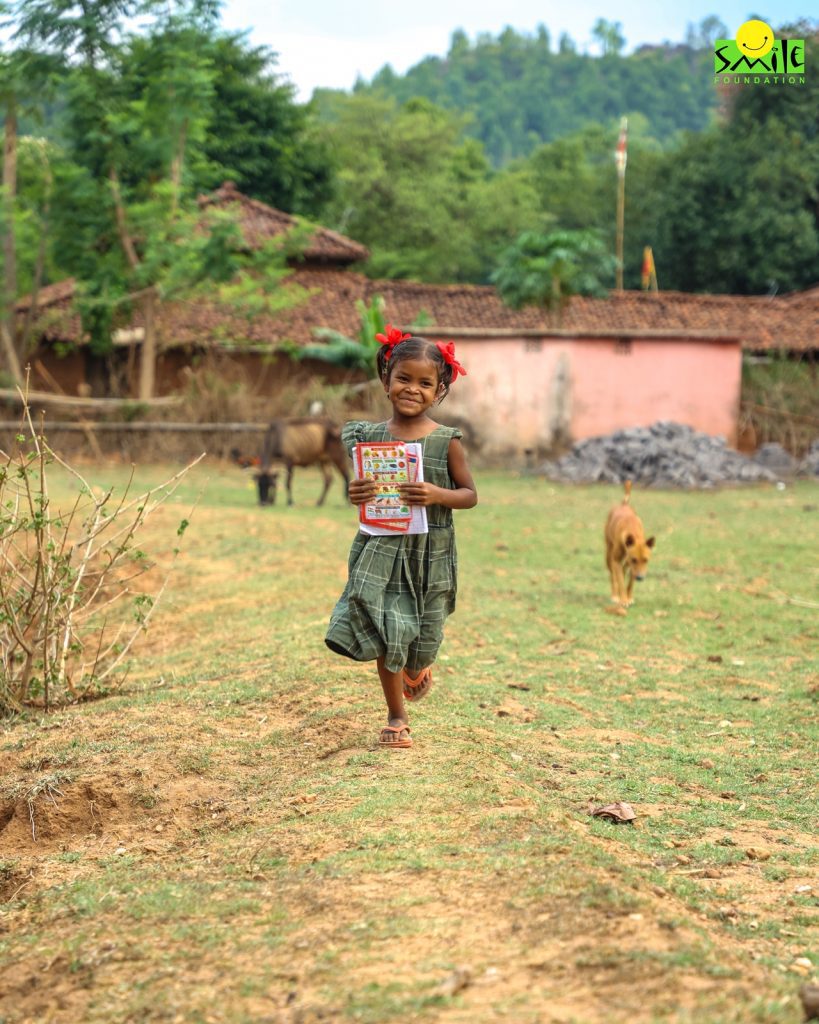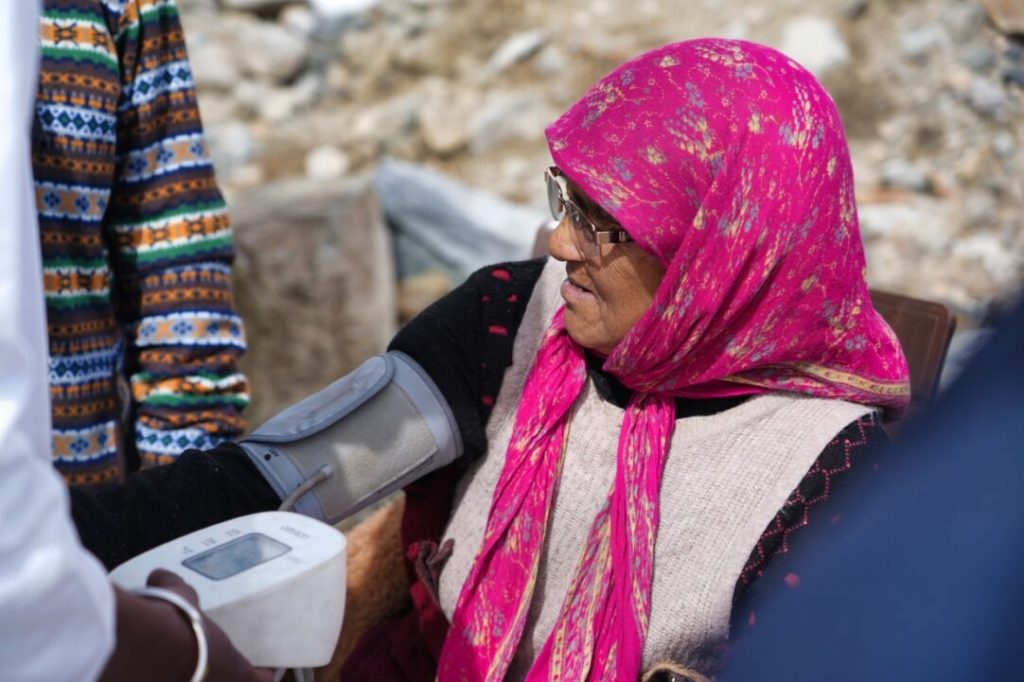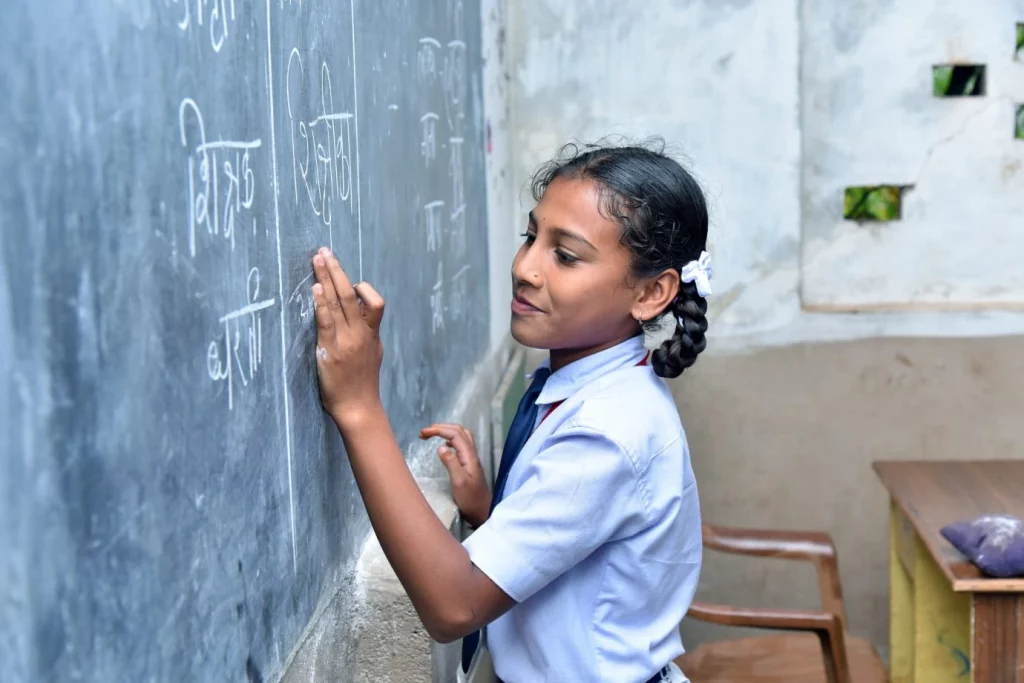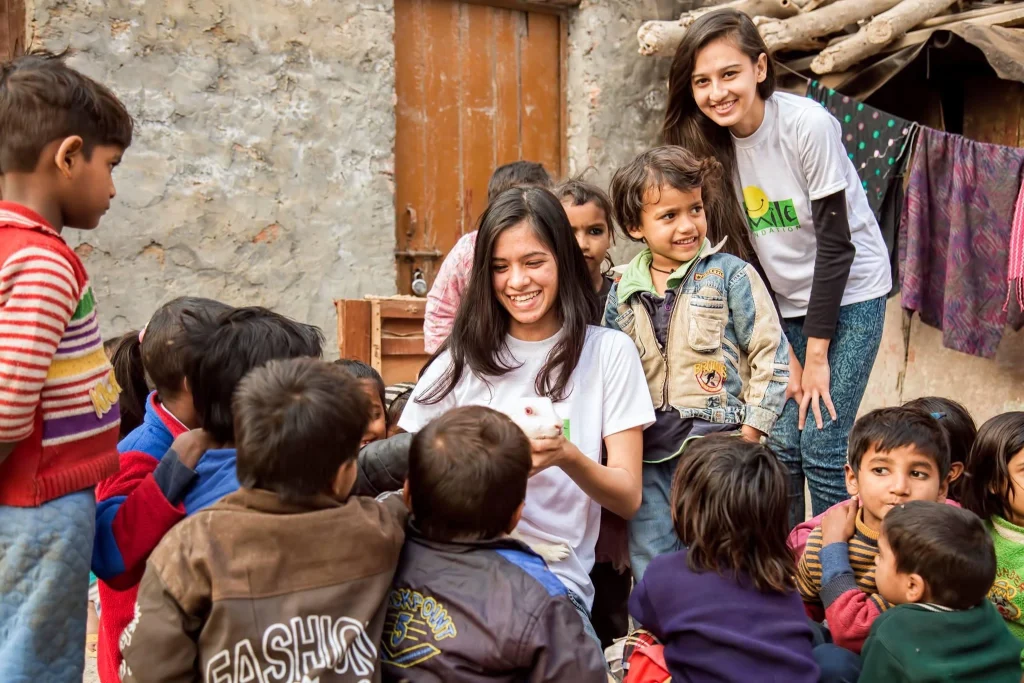Have you ever wondered what life would have been if education and educational institutions were not part of our lives? It feels horrible even to imagine, right? But that horrible has been the life of many, especially across the globe. According to the monitoring tool of United Nations Educational, Scientific, and Cultural Organizations (UNESCO), 244 million children and youth are still out of school due to social, economic and cultural reasons.
Of the number, 130 million are girls. This is the scenario despite recognising education as the basic human right and is believed to be essential to come out of poverty and inequality and to ensure sustainable development. But several countries in Latin America, the Caribbean, Europe and North America explicitly protect the rights to education.
How good would it have been if all the countries had specific and stringent laws that protected the right to education of children? Because in many households, especially those in the lesser-developed countries, sending a girl to school has been considered a waste of time and money, while in many other countries, educating girls has been against their tradition.
The tool also found that at least 2% of countries across the world restrict the right to education of married, pregnant and parenting women and girls in their legal framework. The restriction is that they are either prohibited from attending schools or appearing for examinations. Data also says about 62% of countries do not have specific legislation that protects girls’ right to education in case of pregnancy. However, 33% of them do have such provisions that are sometimes protective.
Can you believe that the right to education for women and girls is still not taken seriously by many countries despite the fact that UNESCO adopted the ‘convention and recommendation against discrimination in education’ way back in 1960? As of now, 109 countries have ratified the convention that aims to fight discrimination in education and ensure equal access to educational opportunities for all.
Toughest places for girls’ education across the globe
Due to the combination of cultural, religious, political and economic factors, several countries around the world face significant challenges in ensuring girls’ education. Some of the countries are listed below.
Afghanistan
Decades of progress have been rolled back in Afghanistan ever since the Taliban regain control of the country in 2021. Millions of Afghan women and girls stare at uncertain future as they were denied their fundamental right to education. According to UNESCO data published in 2024, at least 1.4 million girls have been restricted from attending secondary school since 2021. Though the Taliban has allowed girls under the age of 12 to attend schools, the primary enrolment rates have also been reduced from 6.8 million in 2019 to 5.7 million in 2022. Women have also been restricted from attending universities to pursue higher education from December 2022. As a result, more than 1 lakh women had to quit their higher education. The 2021 UNESCO report says that Afghans have made significant improvements in the quality and enrolment of education despite 40 years of war, chronic poverty, drought and the COVID-19 pandemic. But the de facto authorities have steadily erased all the improvement and put their education system in jeopardy. The current generation is facing an uncertain future.
Pakistan
Data released by the World Bank in 2023 mentions Pakistan as one of the countries with the highest out-of-school population. Estimates put the number between 20.3 million and 26.2 million, and more than half of the school population are girls. Of the numerous barriers a girl has to face to attend a school, poverty takes the first and foremost seat. Research cites that over 13% of parents attribute the cost of education to taking girls out of school and the effect of poverty on education begins at the primary school level itself. Other factors like lack of sufficient number of schools for girls, long travel to reach schools, shortage of female teachers and safety concerns also play a major role in taking girls out of schools.
South Sudan
One of the important factors that limit the enrolment of girls in schools is child marriage. For it is a must practice in the South Sudanese communities. Not just that, it has been a cultural practice for parents to marry their daughters off in exchange for dowry. Since it becomes financially unbearable to educate multiple children at a time, most parents prefer to keep their girls at home and send boys to school. Also, the girls drop out of school and limit themselves to household affairs after the marriage. In addition, the ongoing conflict and instability have also been affecting the educational system.
Impact of girls being taken out of school
Whenever a girl child is taken out of school for a reason or another, the society indirectly contributes to the rise in child mortality rate, child marriage rate, maternal mortality rate, child stunting rate and decline in national growth rate and lifetime earnings of girls. Educated girls are more likely to provide significant contributions to their communities through advocacy, economic participation and leadership. Their absence can stifle community growth and development.
Also, when girls are out of school, it discourages another girl child from attending school. As a result, a large number of girl children end up quitting school. When girls sit idle at home, parents often tend to marry them off at a young age. Child marriage paves the path to raising mother-and-child mortality rates. This in turn creates gender inequality in society. Taking a girl child out of school is equivalent to pushing the country downwards by several decades.
Smile Foundation’s contribution to increasing girls’ enrolment at schools
Understanding that education is the only tool to push the country forward, the Smile Foundation has been striving hard to keep girls at educational institutions. Through our flagship programme, Mission Education, they provide education, nutrition and wellness support. The programme is well aligned to the sustainable development goals and to the New Education Policy (2022).
Our volunteers work closely with children living in difficult circumstances, children from poor families, differently abled children, disaster-struck children, abandoned and street children and children living in tribal belts, remote villages, and hard-to-reach areas. In 2022–23, about 1.20 lakh children have received quality education, over 44,000 girls received vocational training and more than 2000 girls received scholarships to pursue quality education.
In conclusion, educating girls is a must for the economic growth of family, society, and the nation at large. It is also important for women’s empowerment and gender equality, to ensure the health and well-being of society, for social and societal development and for peace and harmony.

